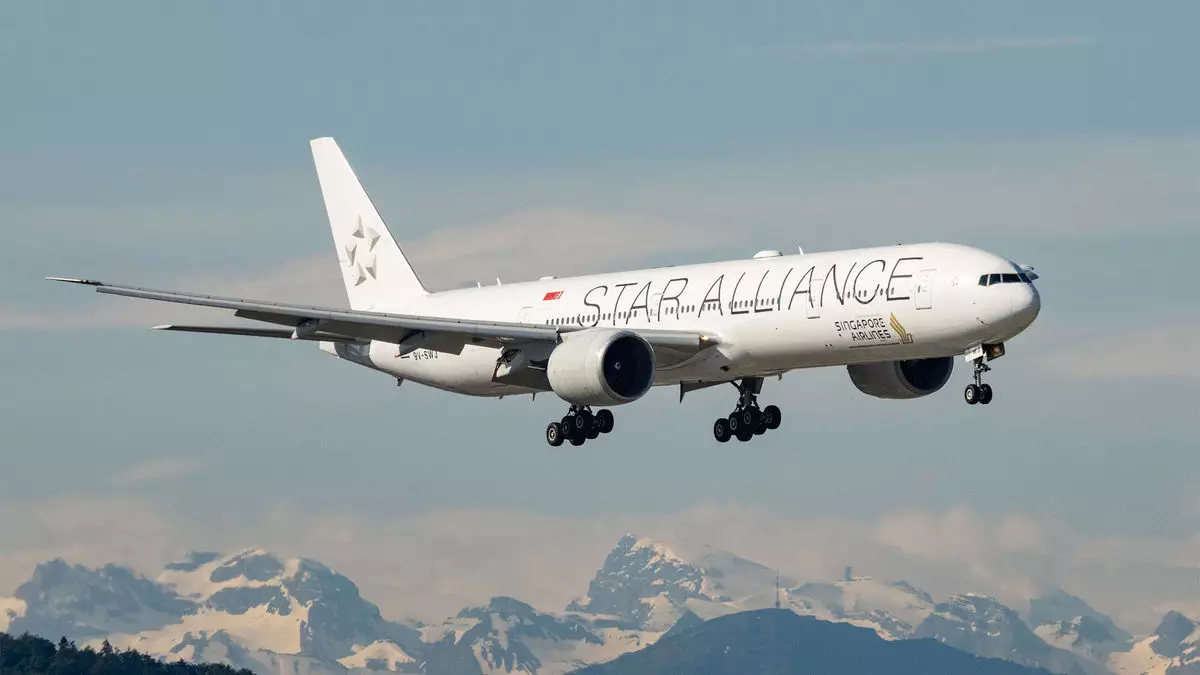The three major global airline alliances, Star Alliance, Oneworld, and SkyTeam, are focusing heavily on technology integrations to enhance the travel experience for passengers. The goal is to simplify multi-airline journeys and make them as seamless as possible from the moment a traveler searches for an itinerary until they arrive at their destination. Ambitions like these have been long-standing objectives for these alliances, but they are now becoming a top priority as they aim to provide global coverage and enhance customer satisfaction. With airlines now in a better position to dedicate resources to these integrations post-Covid, significant milestones are being achieved.
SkyTeam, with members like Delta, Air France, KLM, and Korean Air, has made significant progress in enabling seamless multi-airline itinerary check-in. 95% of the group’s global volume now supports this feature, allowing passengers with itineraries involving multiple airlines to check in through a single carrier’s app. Star Alliance, on the other hand, has enabled cross-airline free seat selection on 83% of connecting bookings and aims to increase this number to 90% by the end of the year. Additionally, Star projects that it will facilitate multi-airline bag tracking on 60% of its itineraries in the current year.
While SkyTeam and Star are making strides in technology integration, Oneworld, which includes American Airlines, British Airways, and Qatar Airways, is facing challenges. Currently, only American and Alaska Airlines offer common check-in, and that too only for domestic itineraries. However, with the addition of new members like Fiji Airways and Oman Air, Oneworld is aiming to have 50% of its airlines integrated into its common platform by early next year. American Airlines, representing 40% of Oneworld’s capacity, is taking a leadership role in driving technology adoption within the alliance.
Each alliance’s technology efforts are centered around platforms that serve as central plug-in points for all members, streamlining what would otherwise be a complex process of bilateral integrations. Along with integrated check-in, bag tracking, and seat selection, the alliances are moving towards other cross-airline facilitations such as real-time flight information sharing and cross-selling ancillary products. Star Alliance’s Connection Centres program, initiated in 2017, is expanding to identify and assist multi-airline customers at risk of missing connecting flights.
Efforts in technology are also directed at ensuring seamless loyalty accrual, redemption, and recognition for passengers. Star Alliance has developed capabilities to immediately credit points accrued on one member airline to an individual’s loyalty account on another. Similarly, the alliance gathers information on redemption availability to make it easier for passengers to view and redeem awards on different airlines within the alliance.
The ultimate priority for all alliances remains seamless cross-airline servicing during disruptions, allowing passengers to rebook flights on the operating airline through their preferred member app. However, these build-outs will likely take years to fully implement due to complex touchpoints along the customer journey. The aspiration is to make the entire travel experience as smooth and convenient as possible for passengers, despite the challenges that may arise.
Overall, global airline alliances are making significant progress in integrating technology to enhance the travel experience for passengers and facilitate seamless multi-airline journeys. While each alliance faces its own set of challenges, the collective goal is to provide a unified and efficient travel experience for passengers worldwide.

